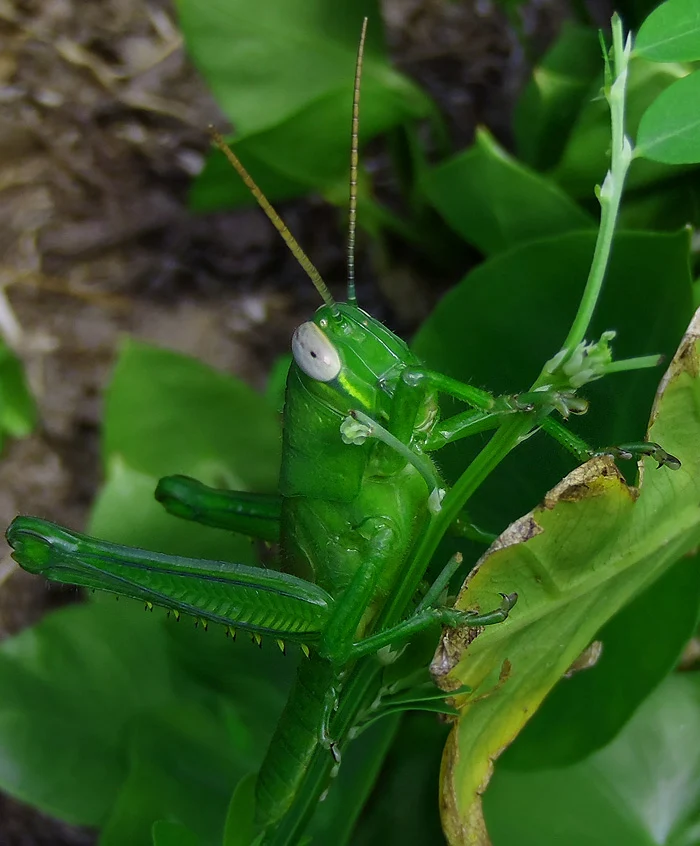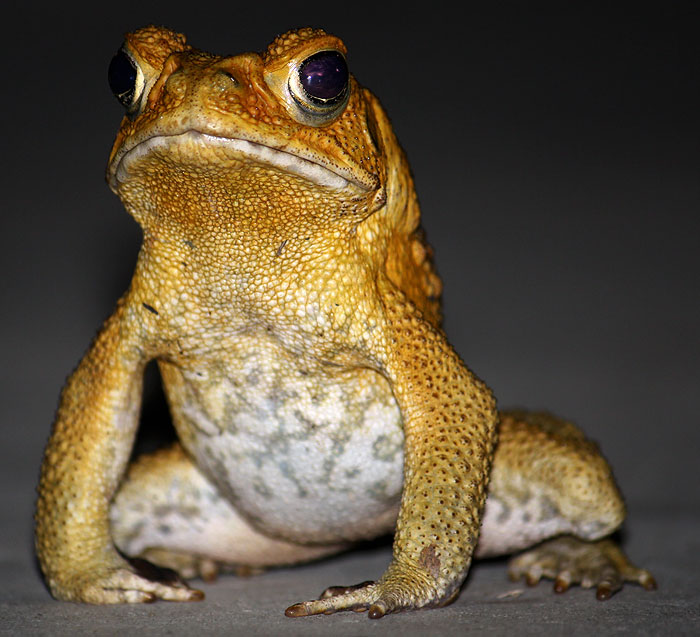Giant Grasshoppers
One of the groovy things about the tropics is the way all manner of creatures seem to explode in size. Lots of food, heaps of warmth means tonnes of energy for growth and the humble grasshopper is no exception.
We see these guys often, but that doesn't mean they don't give me pause almost every time I spot one.
If you're into Grasshoppers and their extended families, I would really encourage you to pop over to Bunyipco - it's one of the very best and most informative entomological blogs I know of ... so be sure to check it out ... no, no - it's okay - I'll wait lol :).
And as if I wasn't lucky enough to spy these critters in the garden - while I was taking these pics I found some other, very, very cool little animals that I'll share with you just as soon as I get the chance.
Lucky me eh?
We see these guys often, but that doesn't mean they don't give me pause almost every time I spot one.
If you're into Grasshoppers and their extended families, I would really encourage you to pop over to Bunyipco - it's one of the very best and most informative entomological blogs I know of ... so be sure to check it out ... no, no - it's okay - I'll wait lol :).
And as if I wasn't lucky enough to spy these critters in the garden - while I was taking these pics I found some other, very, very cool little animals that I'll share with you just as soon as I get the chance.
Lucky me eh?
 |
Valanga Nymph 10-12mm |
 |
Valanga irregularis Juvenile 40-50mm |
 |
Another Juvenile but to me the thorax looks different? separate sp maybe? 40mm |
 |
Valanga Middle Stage 50-60mm |
 |
ValangaAdult 100mm + |
 |
This image clearly shows the formidable spines on the hind legs that are used, as a last resort, for defence |
Giant Grasshopper nymphs change colour with each moult, varying from light green to a spectacular red with blue stripes. The eggs are laid in batches of up to 150 within 'pods', made of a frothy substance that hardens upon drying. The eggs are sometimes attacked by a tiny parasitic wasp (Scelio flavicornis), which lays its own eggs inside the grasshopper's eggs, the wasp grubs feeding on the embryo within.






Comments
Thanks for the comment - take care.
Post a Comment